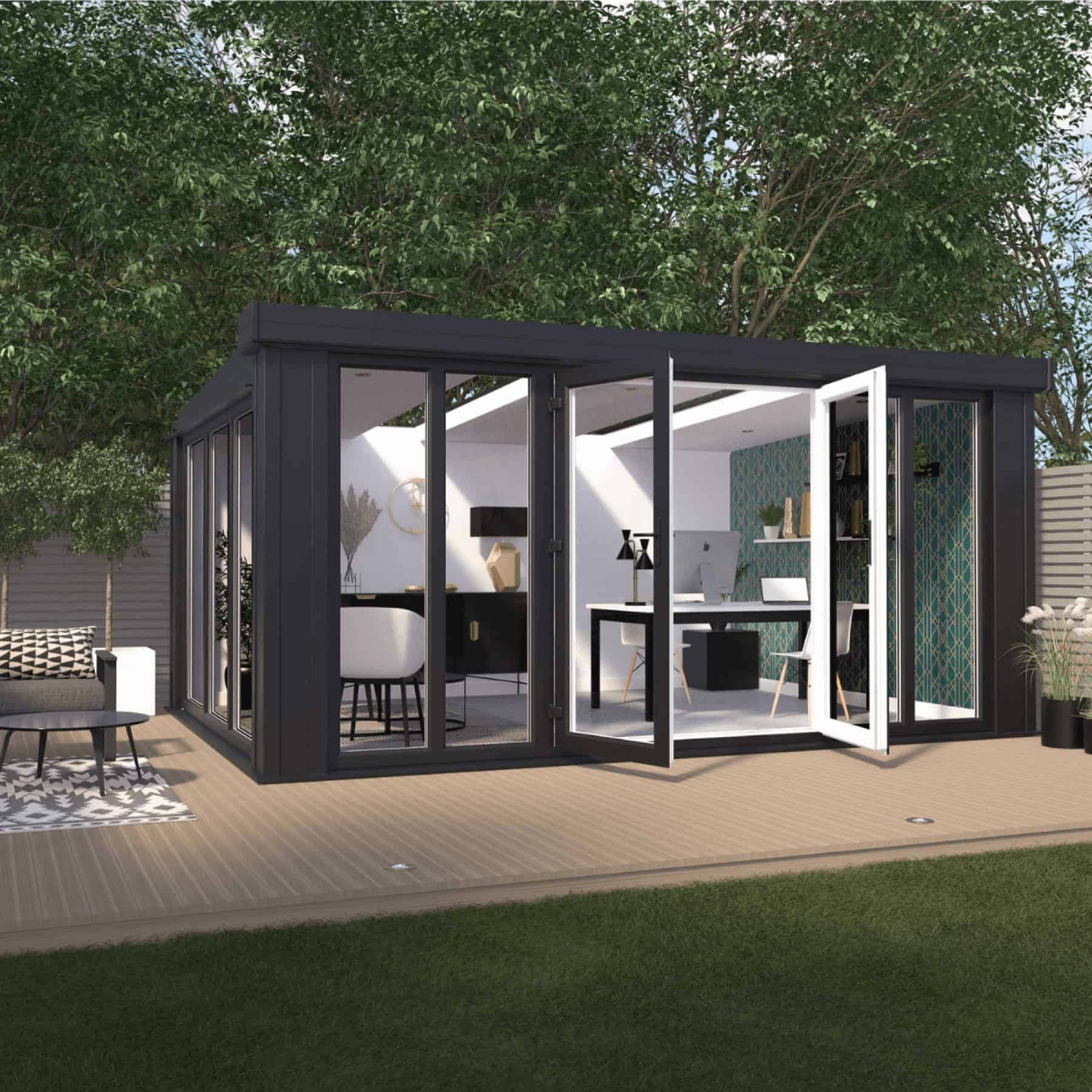An insulated garden room gives you extra space without the hassle of the intrusive work involved with a loft conversion or an attached home extension. No months of dust, no stress over planning permission, and no need to stress your life. It’s an easy way to add a quiet retreat, home office, or gym without the headaches of other types of home extensions.
Less Disruption, More Space
Although they bring many benefits, a loft conversion or an attached extension turns your home into a building site. Expect weeks of noise, dust, and builders walking through your space. A garden room, on the other hand, is installed outside. The installation is straightforward and doesn’t interfere with daily life.
Most garden rooms don’t need planning permission either. Loft conversions and home extensions often come with rules and delays. You’ll need to check local guidelines, but in most cases, an outdoor room falls under permitted development.
A Sound Return on Investment
A garden room almost always costs less than a loft conversion or extension but adds just as much value. Estate agents and lenders report that a well-built unit will increase property value. And since it sits separately from the house, it appeals to buyers looking for a home office or extra space.
A loft conversion is expensive. The structure of the roof might need major changes. You’ll need proper insulation, windows, and a staircase. A home extension means extra foundations, planning costs, and potential drainage issues. Garden rooms avoid these problems. You get a new space without expensive alterations.
No Impact on the House
Adding a loft room means adjusting the roof, which can affect insulation and structural integrity. An extension will take space close to the house and possibly block natural light to existing rooms. A garden room doesn’t interfere with your home. You can place it away from the house, in a lesser-used part of the garden. It is separate, leaving the house untouched while adding a stylish feature to your garden.
Perfect for Any Use
An outdoor room adapts to whatever you need. Home office, gym, studio, guest room – it works for all. Loft rooms often feel cramped because of sloped ceilings. Extensions are part of the house, meaning you don’t always get the privacy you need.
Garden rooms are well insulated, so you can use them all year round. You can also add plumbing for a small bathroom or kitchenette.
Quick to Install
A well insulted garden room can be completed in a few weeks. Loft conversions often take months, and extensions can drag on even longer. With a garden room, you avoid endless delays and the risk of going over budget.
FAQs
Do outdoor rooms need planning permission?
Most outdoor rooms come under permitted development, meaning no planning permission is needed. However, if your design is large or includes plumbing, it’s best to check with your local council.
Are the rooms warm in winter?
Yes. Modern garden rooms are insulated with double glazing. You can also add heating, making them comfortable all year round.
How much does a garden room cost?
Prices vary depending on the size and desired features, but are usually significantly cheaper than loft conversions or extensions.
Can a garden room be a permanent living space?
It depends on local building permits. You may need planning permission and building regulation approval if you plan to use it as a self-contained living space.
How long does it take to install a garden room?
Most take between two and four weeks from start to finish, much faster than a loft conversion or extension.
A Smart Choice
A garden room is the smarter choice if you need extra space without turning your home into a building site. They are quick to install, cost-effective, and add value to a property without the stress of a loft conversion or home extension. Whether you need a quiet home office, a gym, or a space to relax, an insulated outdoor room does the job without hassle.



